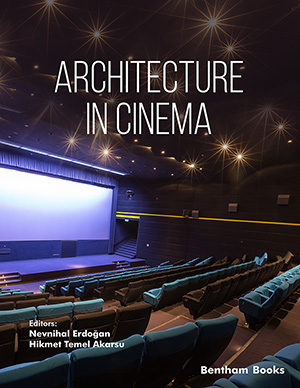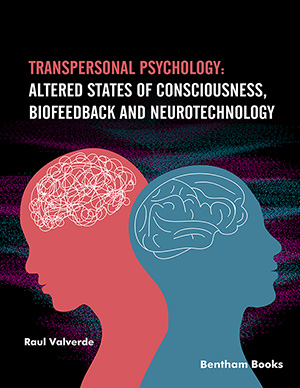Abstract
Lost Highway was shot in 1996 by David Lynch. The movie is paired with
Blue Velvet (1986) and Mulholland Drive (2001). Alternatively, it is claimed that the
movie bears a strong resemblance to Eraserhead as to the narrative, showing the
characters' minds coming into focus. Lost Highway is mostly analyzed from a
psychoanalytical perspective, The Impossible by David Lynch (Todd MacGowan,
2007) and The Art of the Ridiculous Sublime: On David Lynch's Lost Highway (Slavoj
Žižek, 2000) seem to be the reference books for the ‘Lynch audience’ as well for
scholars. It is analyzed from the point of Zen and Hindu thought and from the point of
physics. The movie is mostly read through its narrative. However, I claim it deserves
more interest with respect to cinematography and mise-en-scene. The analysis of the
use of space and place in the movie is also based on the grounds of psychology,
generally.
All we see in the movie is Fred Madison’s reimagination while he is sitting in his
prison cell. He is sentenced to death, but he is not waiting for his execution, actually.
He is on a permanent vacation seeking endless possibilities, digging the desire for
Renee up. But Lynch also talks about place regarding society, too. This is exactly the
starting point of this study. Moreover, the use of elements like darkness and smoke are
clearly semantic components. That makes the subject more interesting. Regarding these
issues, this study focuses on the atmosphere and the use of place in Lost Highways.
Keywords: Atmosphere, beverly Johnson House, barry Gifford, cinema, corridor, darkness, desert, david Lynch, fred Madison, hallway, lost Highway, lloyd Wright, madison House, mulholland Drive, mind, night People, noir, place, psychologic fugue, reimagining.







